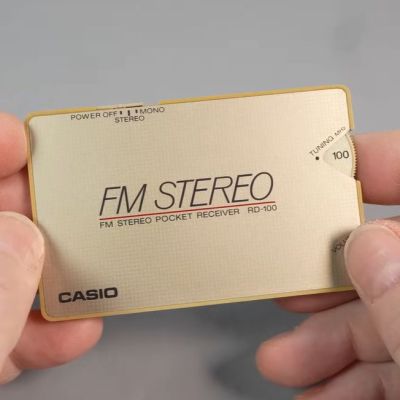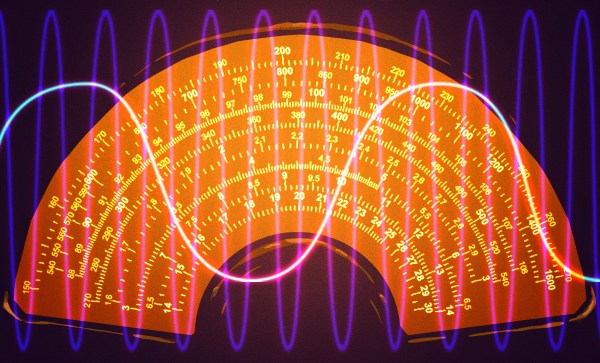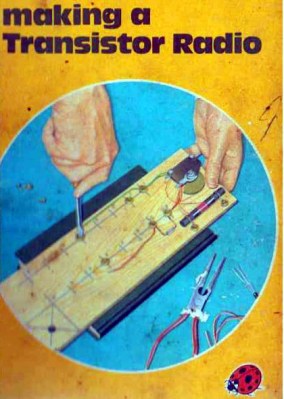These days we don’t get too fussed about miniaturized electronics, not when you can put an entire processor and analog circuitry on a chip the size of a grain of sand. Things were quite different back in the 1980s, with the idea of a credit card-sized radio almost preposterous. This didn’t stop the engineers over at Casio from having a go at this and many other nutty ideas, with [Matt] from Techmoan having a go at taking one of these miniaturized marvels apart.

On the chopping block is the FM stereo device that was featured in a previous episode. Out of the four credit card-sized radios in that video, the one with the rechargeable battery (obviously) had ceased to work, so it was the obvious choice for a teardown. This mostly meant peeling off the glued-on top and bottom, after which the circuitry became visible.
In addition to the battery with a heavily corroded contact, the thin PCB contains a grand total of three ICs in addition to the analog circuitry. These were identified by [Spritetm] as an AM/FM tuner system IC (TA7792), an FM PLL MPX (TA7766AF) and a headphone amplifier (TA7767F), all of them manufactured by Toshiba.
Although [Matt] reckons this was a destructive teardown, we’re looking forward to the repair video where a fresh cell is soldered in and the case glued back together. Continue reading “Teardown Of Casio Credit Card-Sized Radio”
















